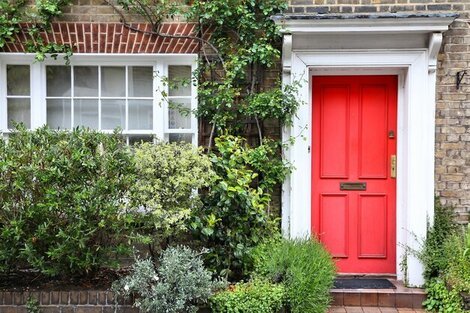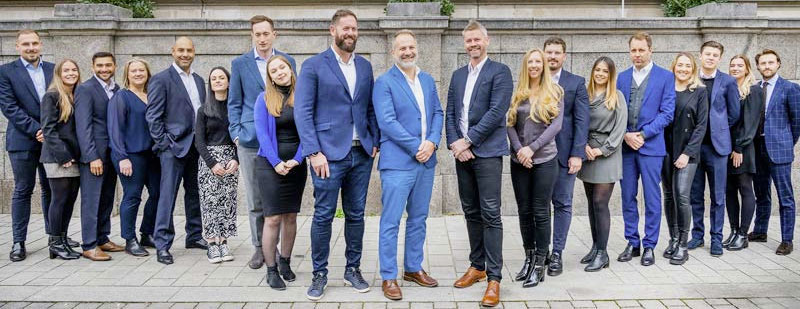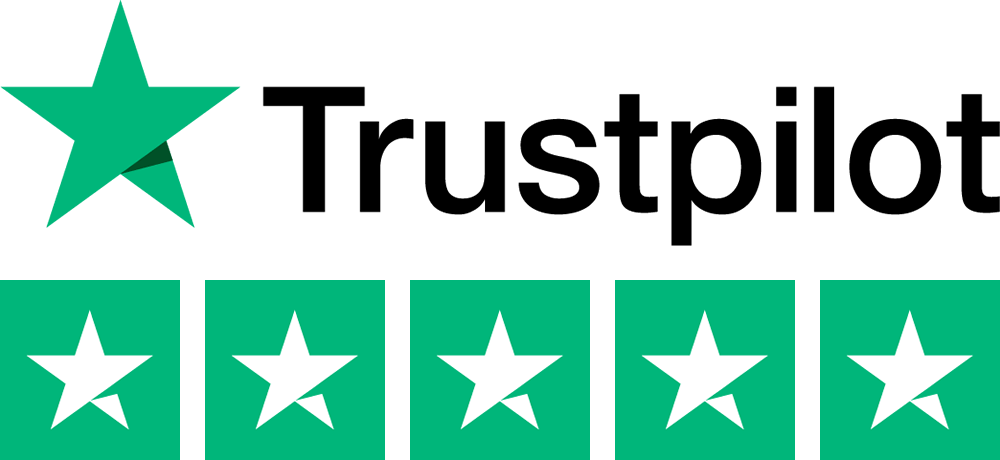
What is the difference between a buy-to-let and let-to-buy mortgage?
Page edited and updated 23 June 2025.
Let-to-buy mortgages are regularly used by homeowners who have lived in their property for a few years and want to move. They want to raise the deposit for their new property by remortgaging their home and letting it out.
These borrowers have equity in their property because house prices have increased in their area and they have often repaid some of the mortgage. They like the idea of releasing some of the cash to put towards the deposit on a new home and letting their property to take advantage of future house price rises and the high rental income.
Buy-to-let mortgages are used for investment property purchases and properties are typically let on an assured shorthold tenancy agreement. Landlords are not allowed to live in the house or flat without breaching lending rules.
How do you secure a let-to-buy mortgage?
If you have at least 30% to 40% equity in your current home, it should be possible to remortgage it onto a buy-to-let mortgage while releasing funds to put towards the deposit of a new main residence. An applicant's overall financial situation will need to be assessed to determine the maximum loan size and whether the rental income is sufficient to support the required loan amount. Call Trinity Financial on 020 7016 0790 or send us an enquiry to work out how much you can borrow.
The lenders will want to how much the property will rent for to determine the maximum loan size although some banks and building societies will also use your salary to boost the loan size.
Providing you have a deposit of at least 10%, and you earn enough money to meet the lender's affordability criteria, you then secure a residential mortgage for your new main residence and potentially access a lower rate because you have a bigger deposit.
What are the rates?
Many of the lenders offering let-to-buy mortgages do not have specific let-to-buy rates so borrowers can access the lowest buy-to-let and residential deals. The rate will depend on the size of their deposit, the amount of rent the property generates and their overall financial situation.
The cheapest residential mortgage is available below 4% and the lowest buy-to-let rates are priced below 4% if you have a 40% deposit. The rates are not a huge amount more expensive if you have a 30% deposit for the buy-to-let or a 25% deposit for the residential transaction.
Does let-to-buy make financial sense anymore?
There has been a lot of change in the buy-to-let market over the last few years and there have also been lots of tax hikes. Where let-to-buy made financial sense for many borrowers before, it may not now. Before you take a let-to-buy mortgage, it makes sense to speak to an accountant to work out what difference it will make to you. The issue is that the rental income is likely to be included in your income and may push you into a higher tax bracket. Costs can also no longer be offset in the same way.
Aaron Strutt, product director at Trinity Financial, says: "Many borrowers like the idea of keeping their existing home and letting it out often for capital growth but also the rent. It is not always possible to arrange let-to-buy mortgages through one lender, so arranging two mortgages at once can be tricky if you do not know which lenders to approach."
Call Trinity Financial on 020 7016 0790 to secure a buy-to-let or let-to-buy mortgage or book a consultation
The information contained within was correct at the time of publication but is subject to change.
Your mortgage is secured on your property. Your property may be repossessed if you do not keep up repayments on your mortgage













